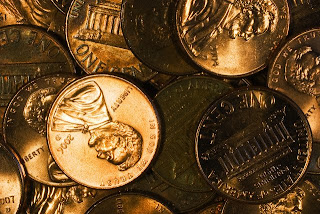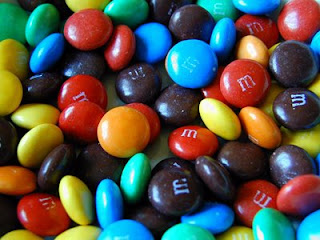advertisement
What are math manipulatives?
A math manipulative is an educational term for anything you can get your fingers around that you can count or measure with.
Why use math manipulatives?
They can help a child understand a math concept by visualizing what is being taught rather then just looking at numbers. They are a way to explore math beyond an abstract thought on a sheet of paper.
Here are a list of manipulatives that come in handy throughout the elementary years:
advertisement
1. Base ten blocks, or counting blocks are all the same color, generally. The child focuses on the size of the blocks and can easily identify between a ten and a hundred. They can learn to add and subtract by learning the decimal system, which is units, tens, hundreds, thousands etc…



 5. M&M’s are a fun way to learn how to add, subtract, multiply and divide while providing colorful little melt-in-your-mouth candy to snack on. You can get a book called M&M Chocolate Candy Math that has fun activities to do with M&M’s.
5. M&M’s are a fun way to learn how to add, subtract, multiply and divide while providing colorful little melt-in-your-mouth candy to snack on. You can get a book called M&M Chocolate Candy Math that has fun activities to do with M&M’s.
Written by Brenda, classically eclectic mother of 5. You can find her writing about her homeschooling journey at Tie That Binds Us.
Join 40,000+ Other Awesome People
Subscribe to the Real Life at Home weekly newsletter to get our latest content, exclusive free printables, learning activities, and ideas for celebrating with your kids all year

Great list. We love Math-U-See blocks!
My daughter also likes to make patterns, count and sort all kinds of things from beads, buttons and more.
Don't forget paper clips or counting bears. Both of those are great too. The paper clips are perfect for early measuring units because it's about an inch if you use the small ones.